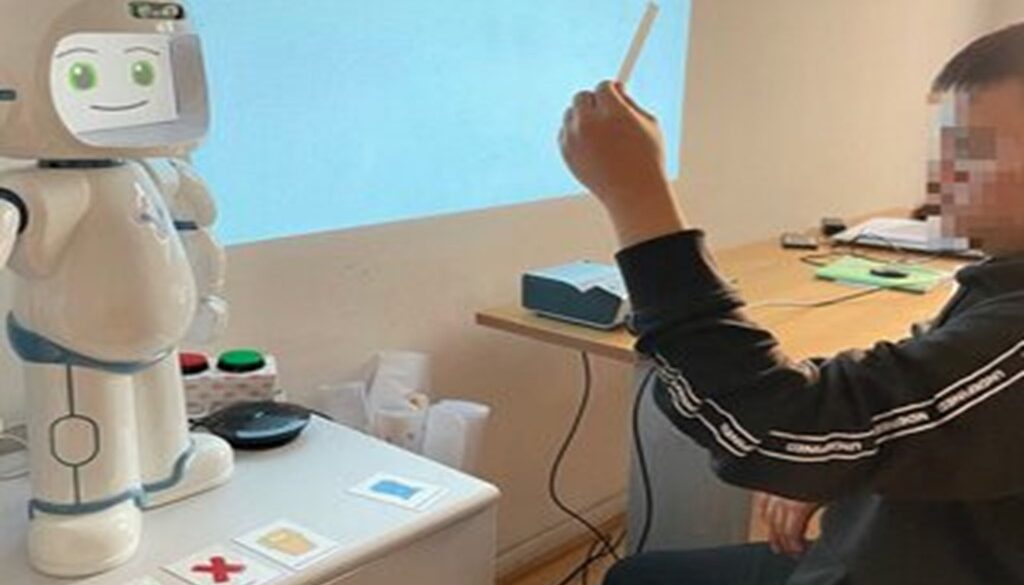
Abstract:
Neurodevelopmental disorders (NDDs) are characterized by impairments in communication. Socially assistive robots have been identified as a promising tool to alleviate the burdens associated with these disorders. Given the diverse needs of individuals with NDDs, their preferred method of communicating with a robot (e.g., speech-based) can vary. This paper investigates the most suitable communication modalities for individuals with NDDs—voice, cards, and buttons—and explores their preferences.
The researchers conducted an exploratory study with 29 participants with NDDs. Thirteen participants freely communicated with an autonomous QTrobot, nine took part in a group discussion, and seven interacted individually with the robot before participating in a group discussion. The results indicated that:
i) Cards were the most frequently used communication modality.
ii) Voice was preferred for counting games, buttons for multiple-choice games, and cards for memory-like games.
iii) Opinions on communication modalities were generally consistent across different groups.
This study provides insights into the communication preferences of individuals with NDDs, which can inform the development of more effective socially assistive robots.
Reference:
Pacelli, Corrado, et al. ““How Would You Communicate With a Robot?”: People with Neourodevelopmental Disorder’s Perspective.” 2022 17th ACM/IEEE International Conference on Human-Robot Interaction (HRI). IEEE, 2022.